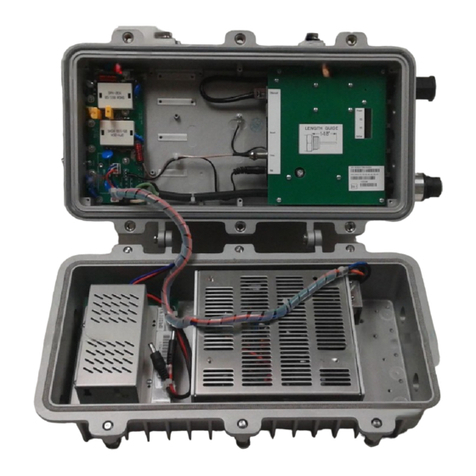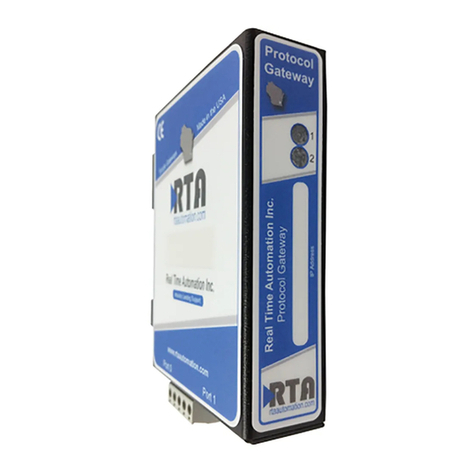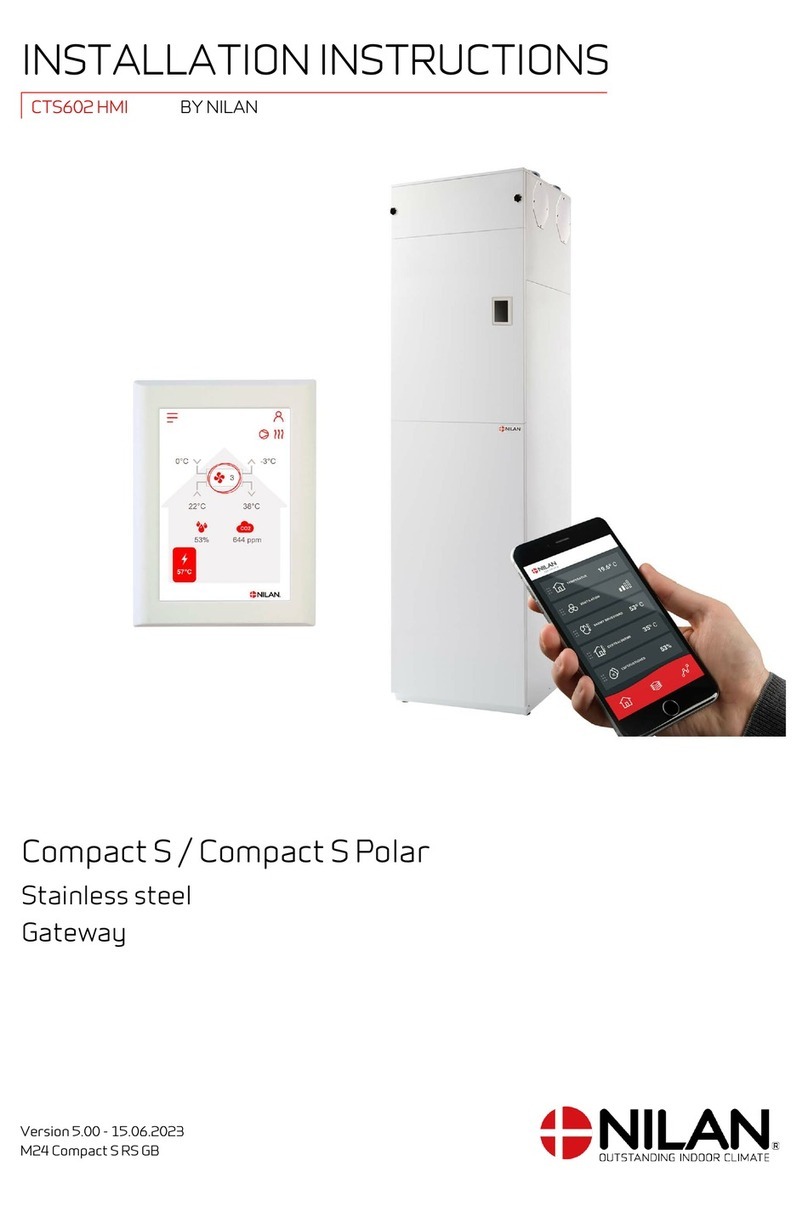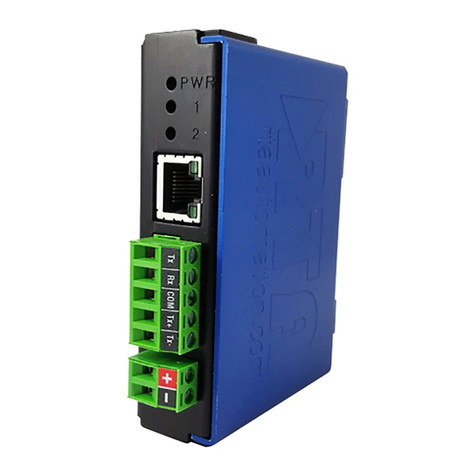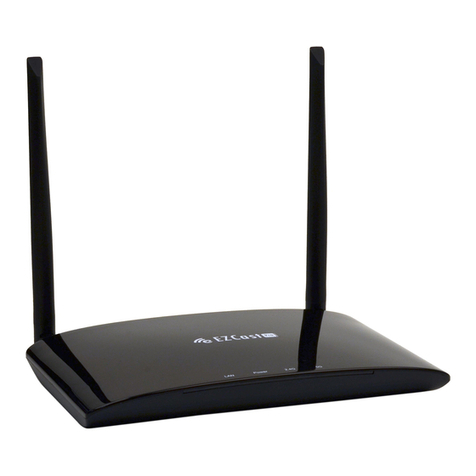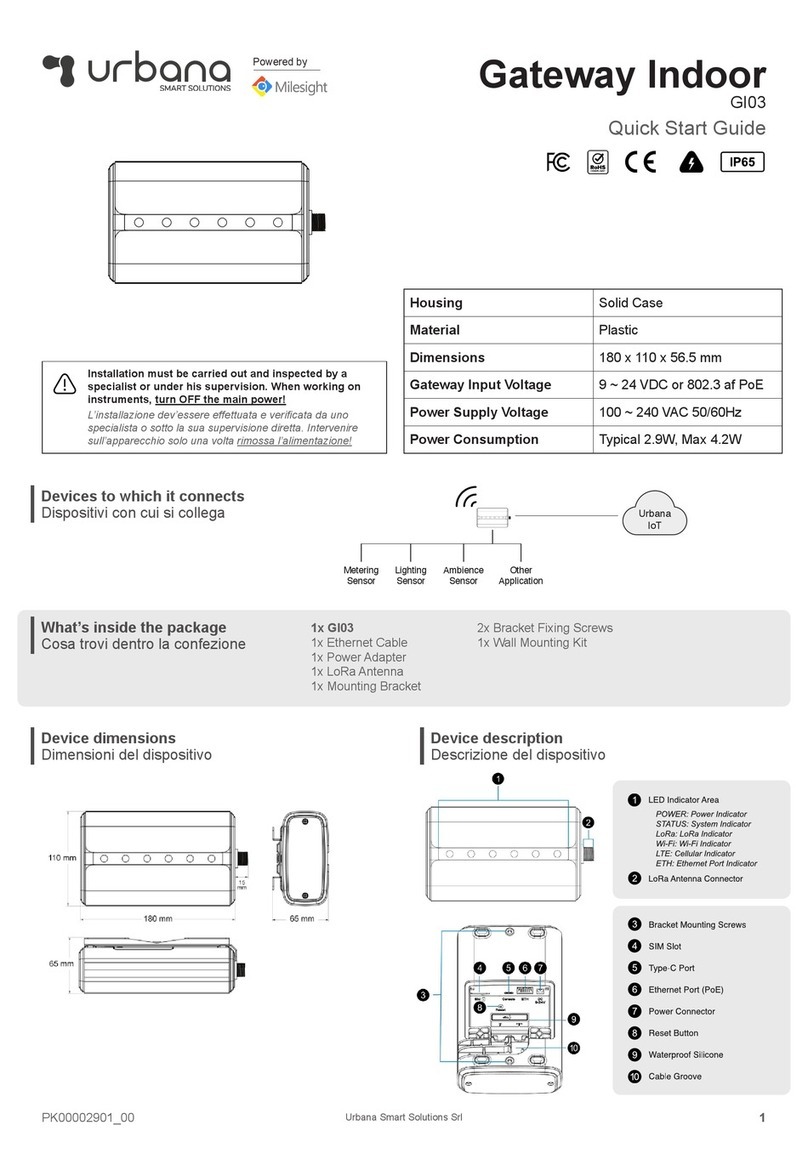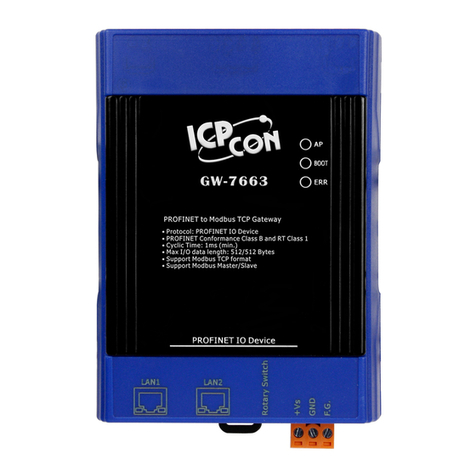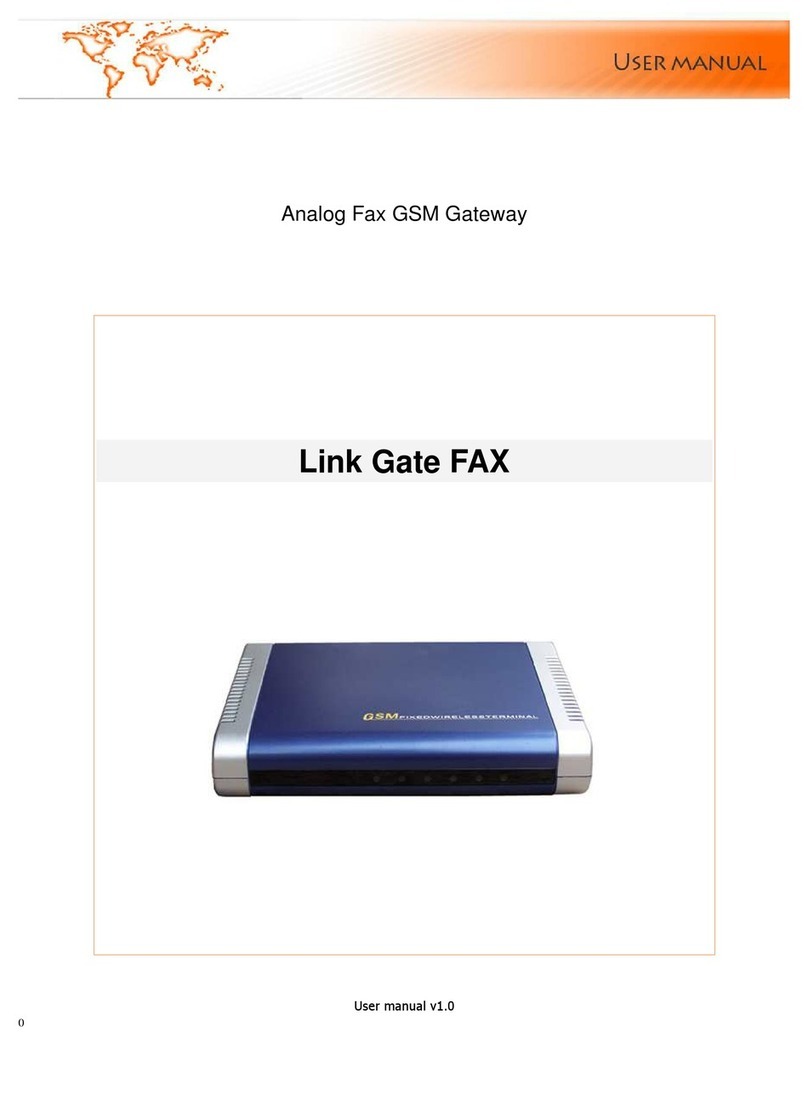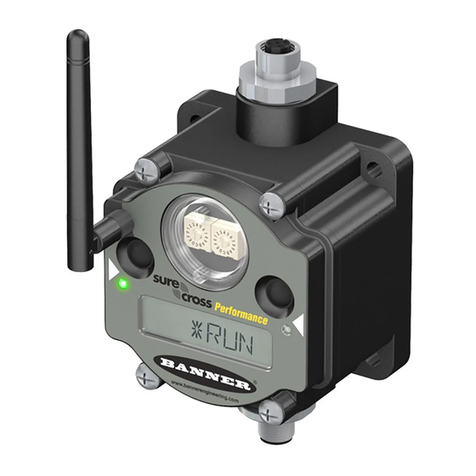Lindsay Broadband LBDG-100-DC User manual

LBDG-100-DC
LBDG-100-DC
Strand Mount
DOCSIS 3.0 Gateway
with DC Power Output
Installation Guide

LBDG-100-DC
IMPORTANT SAFETY AND INSTALLATION WARNINGS
WARNING: DO NOT ATTEMPT TO SERVICE THIS PRODUCT
YOURSELF AS OPENING OR REMOVING COVERS MAY EXPOSE
YOU TO DANGEROUS VOLTAGES OR OTHER HAZARDS. REFER
ALL SERVICING TO QUALIFIED SERVICE PERSONNEL.
MOUNTING:
Mount this product only as described in the installation instructions,
otherwise it may fall causing serious personal injury and/or damage to
the device. Use only the brackets supplied with the product. Do not use
attachments not recommended for this product as they may cause
hazards.
SERVICING:
Remove power from this device and refer servicing to qualified
personnel under the following conditions:
1. If the inside of the station has been exposed to rain or water.
2. If the station does not operate normally by following the
operating instructions. Adjust only those controls that are
covered by the operating instructions as an improper adjustment
may result in damage and will often require extensive work by a
qualified technician to restore the unit to its normal operation.
3. If the unit has been dropped or the chassis has been damaged.
4. If the unit exhibits a distinct change in performance.

LBDG-100-DC
REPLACEMENT PARTS:
When replacement parts are required, be sure the service technician
has used replacement parts specified by the manufacturer or parts that
have the same characteristics as the original part. Unauthorized
substitutions may result in fire, electric shock or other hazards.
SERVICE DEPOT:
Canada: Lindsay Broadband Inc.,
2035 Fisher Dr., R.R. #5
Peterborough, Ontario K9J 6X6
(705) 742-1350

LBDG-100-DC
1.1 Introduction
This manual is written to help service personnel understand and install
the Lindsay LBDG-100-DC DOCSIS 3.0 Gateway with DC Power
Output. This first section gives a block diagram and a full product
description. The remaining sections provide component identification
diagrams, installation instructions, and specifications.
1.2 General Description
The DOCSIS 3.0 Gateway uses the HFC network to power and
backhaul IP based devices. It can be connected to the HFC network
through a power-passing coupler or splitter. One heavy guage cable is
used to deliver power to an external device. A total load of 100W is
supported. The cable modem is configured in the standard fashion
using your DOCSIS provisioning software.

LBDG-100-DC
1.3 Housing
A rugged die cast aluminum housing with a clamshell design is used.
Externally, the housing has installation mounts and four connectors:
•A 5/8-24 threaded bushing for KS type connection to the HFC
network.
•A type F test point connector. Signal levels read at this connector
are -20dB relative to the cable modem F port.
•A weather-tight Ethernet port (RJ45 jack) for connection to a
device.
•A weather-tight bayonet style connector for power delivery.
Dual gaskets provide for -100dB EMI isolation and an airtight seal to 15
PSI.
The housing can be strand mounted. An optional hardware kit for wall,
mast or pedestal mounting is available.
The station size is approximately 406 x 228 x 165mm (16 x 9 x 6.5”),
not including connectors. Its weight is around 6.9 Kg (15.3 Lbs).
1.4 Major Components
Internally, the housing bottom contains the HFC interface board and
DOCSIS 3.0 cable modem.
The +12VDC/-55VDC power supply is housed in the lid. This is a high
efficiency switch mode power supply. Filtering to prevent switching
regulator noise from reaching the AC and DC lines is provided.
The lid interconnects to the housing base with a power cable wiring
harness.
1.5 Interface Board
The interface circuit board, which is located in the housing base,
provides the interface to the HFC network. The following features are
provided:
•An AC/RF filter is used to separate the AC power from the RF
carriers.
•Sockets for the separate padding of forward and reverse DOCSIS
signals.
•A Test Point provides -20dB coupling of forward and reverse
power at the cable modem port.

LBDG-100-DC
•Plug-in SVP type surge protection.
•Socket for optional solid state, crowbar type surge protection.
•A power-interrupt to disconnect AC power.
SECTION 2 COMPONENTS IDENTIFICACION
HFC INPUT
SURGE
ARRESTOR
AC
INTERRUPT
DC POWER
TO DEVICE
EMI SEAL
WEATHER
SEAL
CABLE
MODEM
UPSTREAM &
DOWNSTREAM
PADS
HFC
INTERFACE
BOARD
SMPS
ETHERNET GigE
(RJ45)
-20dB
F CONNECTOR
TEST POINT

LBDG-100-DC
SECTION 3 INSTALLATION
Installation of the LBDG-100-DC DOCSIS 3.0 Gateway is similar to the
installation of a line extender or any other piece of CATV equipment.
The DOCSIS Gateway can be connected to a power-passing coupler or
splitter. Call Lindsay Broadband for the recommended power insertion
device for your application.
3.1 Pre-Installation
Upon receipt of the LBDG-100-DC, inspect the carton for any external
damage. If damage is present, inspect the Gateway exterior for
damage. Report any apparent damage to the shipping agent and the
Lindsay Broadband sales office.
Pad values can be determined ahead of time. The loss of the HFC
interface board should be accounted for when calculating pad values.
There is -4dB of loss in the reverse direction and -5dB of loss in the
forward direction. The forward pad should be selected such that the
power incident on the cable modem is 0dBmV (+5dBmV at the Gateway
KS connection). For best return path S/N, the reverse pad should be
selected so as to have the cable modem operate near its maximum
output level (+50 to +52dBmV).
The cable modem can be provisioned ahead of time using the MAC
address located on the label on the exterior of the Gateway lid.
A ½” wrench is needed for both the strand clamp and housing bolts.

LBDG-100-DC
3.2 Installation Diagrams
Strand Mount Strand Mount
with Hanger Brackets
3.3 Power Requirements
The DOCSIS 3.0 Gateway with DC Power Output can be connected to
any power passing splitter or coupler. The following formula can be
used to calculate the current draw for your installation:
Where:
I = Current draw in Amps
I = 1.39 * P V = Line Voltage in Volts
V P = Total output power
draw in Watts

LBDG-100-DC
3.4 Output Receptacle Wiring

LBDG-100-DC
3.5 Installation
1. Pull the AC interrupt in the power-passing coupler or splitter.
2. Using the diagrams in this section as a guide, mount the
Gateway at its final location. If using hanger brackets, the
existing strand clamps should be left in place to act as spacers
allowing the same bolts to be used.
3. Using your KS connector at the Gateway end, make a coaxial
connection to your HFC network at the power-passing coupler or
splitter.
4. Replace the 0dB upstream and downstream pads with the pad
values that were calculated during pre-installation.
5. Connect the output DC power cable between your device and the
LBDG-100-DC.
6. Re-install the AC interrupt. The indicator LED’s on the cable
modem will indicate start-up, discovery and provisioning. (Refer
to the cable modem installation guide for more information.)
7. The forward and reverse RF levels at the cable modem can be
measured at the single test point. Readings are -20dB below the
levels seen at the cable modem. Adjust pad values as required.
8. (Optional) Silicone Grease can be applied to the exposed part of
the O-ring before swinging the lid back into place. This will
reduce any tendency of the O-ring to stick to the lid and ensure a
weather–tight seal. To be clear, use Silicone Grease, not
Silicone Sealant, nor any other type of grease.
9. If the EMI gasket has any frayed or loose ends, tuck them back
into the channel and close the lid while ensuring that the wire
harness does not interfere with the base and lid sealing surfaces.
10. Using a torque wrench with a ½” socket, tighten the lid bolts
gradually, alternating diagonally to avoid stress or warp on the
housing sealing surfaces. The lid bolts should be tightened to
the specified 17ftLb or 24Nm torque to ensure that the EMI
specification is met. The required torque is easily met by using
the box end of a combination wrench, but cannot be reached
using a nut driver.
11. Install your shielded, pre-terminated, outdoor CAT-5e cable as
shown in Section 3.6.

LBDG-100-DC
12. Tape all connections to reduce moisture intake.
3.6 Attaching the Ethernet Cable
The external RJ45 connector on the Lindsay LBDG-DC Gateway provides an
IP68 weather-tight connection. A cable that is pre-terminated with an RJ45
connector can be used. No tools are required.
1. The parts kit (P/N 3501-288) for the connector contains two glands. The
smaller gland is suitable for cables ranging in diameter from 4mm to
6.6mm (5/32” - 1/4”). The larger gland is suitable for cables ranging from
6mm to 10mm (1/4”- 3/8”). The smaller gland is recommended for cables
that are 1/4” in diameter.
2. Thread the connector body from the parts kit into the fixed body already
installed in the Gateway. Keep tightening until the flat washer just starts
to compress and bulge outward. This can be done by hand, or with a
wrench however, a light touch is required.
3. Slide the pre-terminated Ethernet cable through the Connector Nut. Apply
the gland and claw, placing the cable though the split in each piece.
4. Push the terminated cable into the fixed body. There should be a positive
click as the RJ45 connector mates with the jack.
5. Push the gland and claw into the connector body. Then, while pushing the
cable toward the housing, tighten the connector nut. The nut is tight when
the gland can be observed to compress around the cable and bulge
slightly.
Connector
Nut
Split
Gland
and Claw
Fixed
Body
Connector
Body
Flat
Washer

LBDG-100-DC
SECTION 4 LBDG-100-DC HOUSING DIMENSIONS
4.1 Housing Dimensions
TOP VIEW
RIGHT END SIDE VIEW
SIDE VIEW FROM HINGE
16.375”
9.750”
1.875”
6.375”
1.250”

LBDG-100-DC
4.2 Table of Specifications
Lindsay LBDG-100-DC Gateway with DC Power Supply Specifications
Cable Modem
Band Plans
DOCSIS (Annex B)
Network Configuration and Management
TFTP, SNMP (V1, V2c, V3), Telnet, HTTP
Input Impedance
75 Ω
Privacy
BPI+
Downstream Modulation
64 or 256 QAM
RF Input Sensitivity (1)
Modem F
Port
+15 to -15dBmV (-10dBmV for 256 QAM)
Housing
5/8" Port
+20 to -10dBmV (-5dBmV for 256 QAM)
Upstream Modulation
QPSK and 8, 16, 32, 64 or 128 QAM
Maximum Upstream Data Rate
131.072 Mbps (4 Channels)/32.768 Mbps
(Single Channel): @ 128 QAM at 6.4MHz
Max. Transmit Power
(ATDMA QAM 64) (1)
Modem F
Port
+54dBmV (+45 to +51dBmV Recommended)
Housing
5/8" Port
+49dBmV (+40 to +46dBmV Recommended)
HFC
Return Loss
-16dB (Max.)
Insertion Loss
-5dB (± 1dB)
Test Point
-20dB Relative to Cable Modem RF Port
Pad Type
JPX, Separate Forward and Reverse
Temperature Range
-40 to +60⁰C (-40⁰F to +140⁰F)
EMI Isolation
100dB (5 to 1000MHz)
Surge Withstand (HFC)
ANSI-IEEE C62.41 Category B3 (6KV)
(Gas Tube or Solid-State Crowbar)
Input Powering
40 to 90VAC (Pseudo Sine)
Max. Power Consumption (100W Load)
3.1 Amps @ 60VAC 2.2 Amps @ 90VAC
Output Power
Output Power
100W (Fully Isolated)
Output Voltage
-55.8VDC (± 2%)
Efficiency
90%
Power Factor
0.80
Ethernet
Throughput
10/100/1000Mbps
Reach
100 meters
Interface
RJ45
Physical
Dimensions
406 x 228 x 165mm (16 x 9 x 6.5")
Weight
6.9 Kg (15.3 Lbs)
Ingress Protection
IP68 (15 PSI for 10 Seconds)
Notes:
(1) Levels reported by modem management interfaces reference the modem F port.
Levels at the Gateway KS port incorporate the internal -5dB loss of the HFC Interface.

LBDG-100-DC
Table of contents
Other Lindsay Broadband Gateway manuals
Popular Gateway manuals by other brands
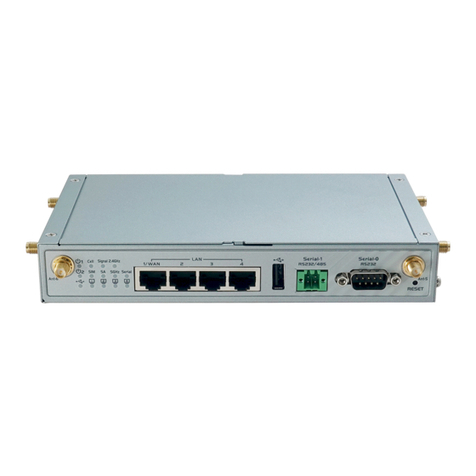
Amit
Amit IOG761-0T001 user manual

enphase
enphase IQ System Controller 2 Quick install guide
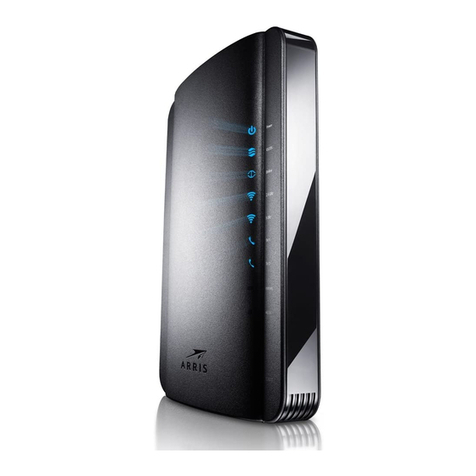
Arris
Arris Touchstone TG1672 user guide
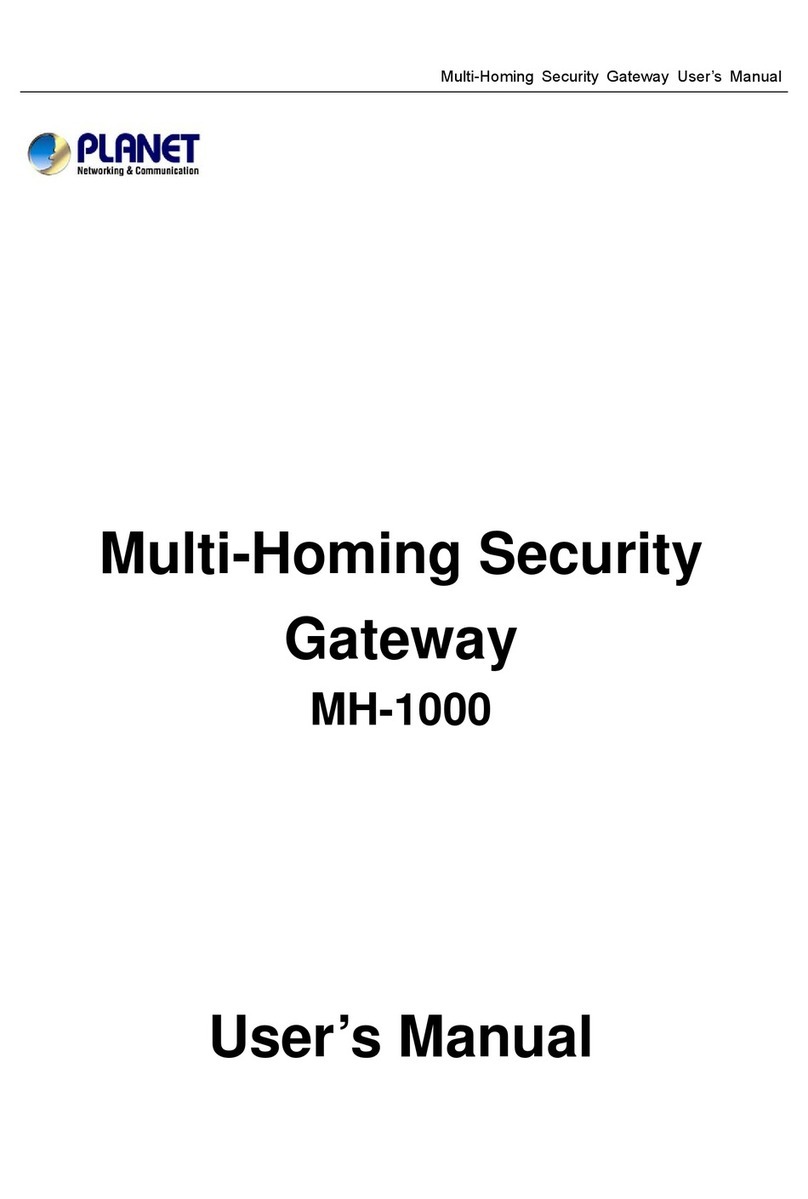
Planet Networking & Communication
Planet Networking & Communication MH-1000 user manual

Wildix
Wildix W04FXS Quick installation guide
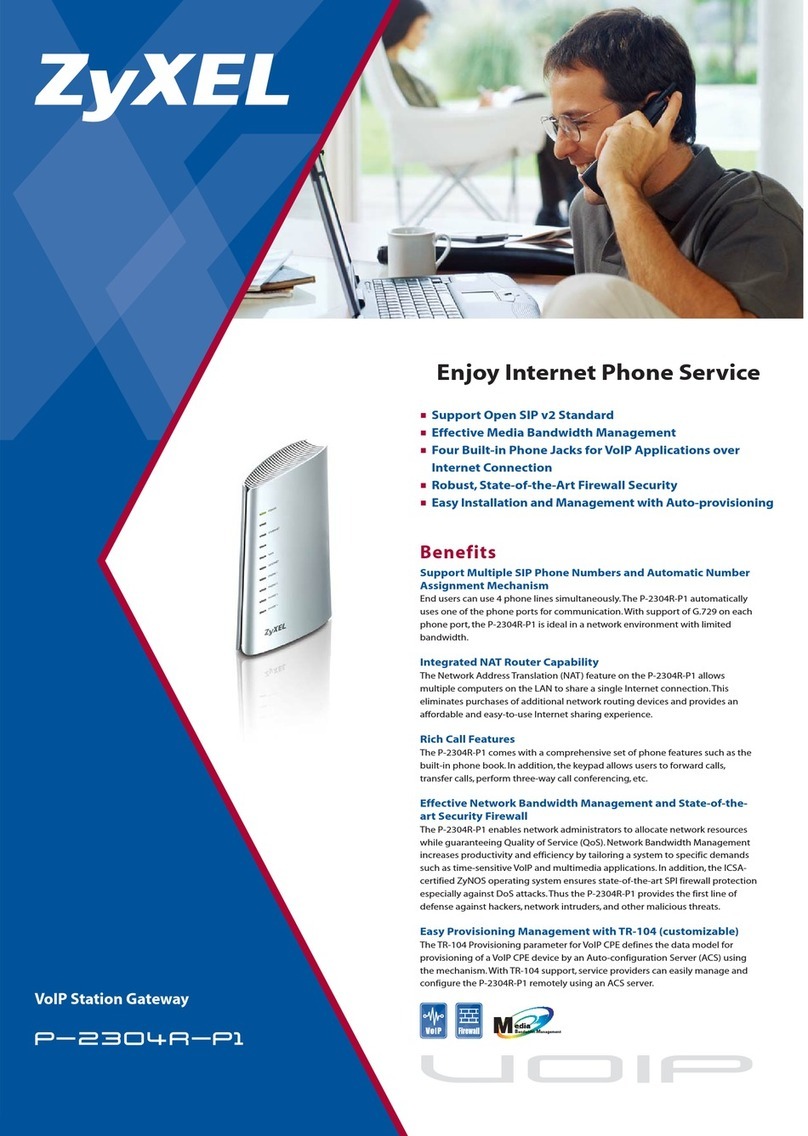
ZyXEL Communications
ZyXEL Communications P-2304R-P1 Series Specifications
